READY TO GET STARTED?
REQUEST A FREE ESTIMATE
Fill out the form below or call (888) 466-7849 for a free, no-obligation estimate.
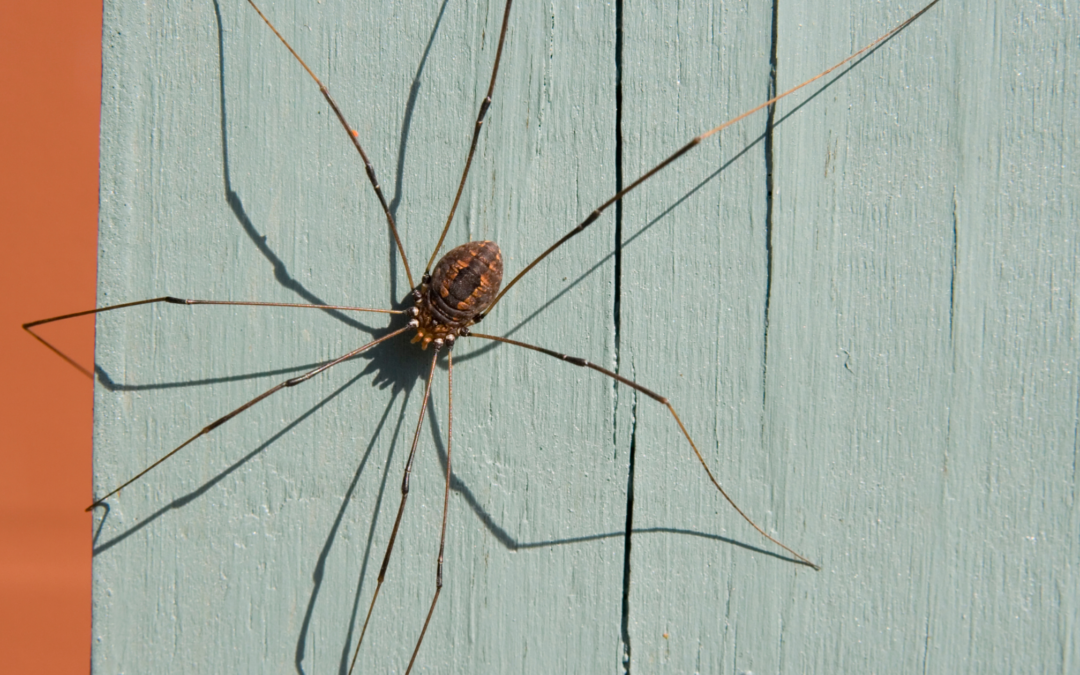
Is a daddy long legs a spider or fly? It’s a common question that often leads to confusion. Let’s delve into the facts to unravel this mystery and understand more about these fascinating creatures.
Contrary to popular belief, daddy long legs are not spiders but belong to the order Opiliones, also known as harvestmen. While they may resemble spiders due to their long, slender legs, they differ in various aspects, including body structure and behavior. Unlike spiders, daddy long legs do not produce silk, lack venom glands, and have a single body segment rather than two distinct segments (cephalothorax and abdomen).
Identifying daddy long legs is relatively straightforward. They typically have a small, oval-shaped body with extremely long, thin legs, giving them their distinctive appearance. These creatures are commonly found in damp, dark areas such as basements, crawl spaces, and garages. They are also known to seek refuge indoors during colder months, making homes a prime habitat.
While daddy long legs are harmless and beneficial predators, their presence indoors can be unsettling for some. To prevent them from entering your home, consider the following measures:
Don’t let pests like daddy long legs disrupt your peace of mind. Take proactive steps to safeguard your home with expert pest control services. Contact a pest control company near you today to request a free quote and learn more about our spider control and general pest management solutions.
You can enjoy a pest-free home and peace of mind knowing that your property is protected against unwanted intruders. Say goodbye to daddy long legs and other pests with comprehensive pest control services.
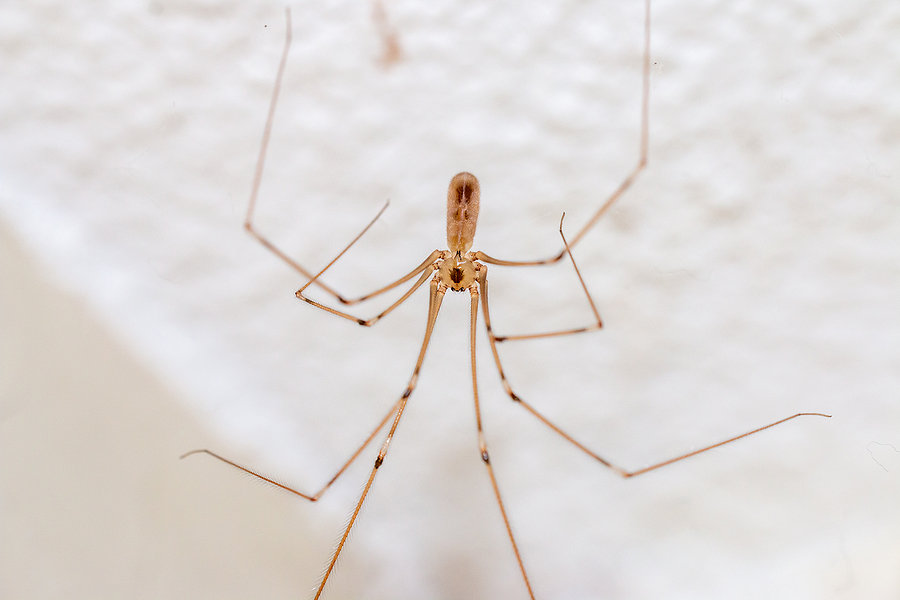
Georgia is no stranger to household pests. One common visitor that many Georgians encounter is the daddy long legs, a unique arachnid that often finds its way into homes. In this blog post, we’ll explore what attracts daddy long legs, how to identify them, reasons for a daddy long legs infestation, whether they pose a threat to humans, and effective ways to prevent and eliminate them. If you’re dealing with a daddy long legs infestation, read on for valuable insights and practical solutions.
Daddy long legs, scientifically known as Opiliones, are not true spiders but belong to the arachnid family. They are characterized by their long, thin legs and small, oval-shaped bodies. Unlike spiders, daddy long legs have a fused body structure and lack venom glands. Their appearance can sometimes be confused with cellar spiders, but the absence of a segmented body distinguishes them.
Understanding the reasons behind daddy long legs entering homes is crucial for effective control. These arachnids are attracted to damp and dark environments, making basements, crawl spaces, and garages ideal habitats. Additionally, they are opportunistic feeders, preying on small insects and other arthropods found in and around homes. The presence of abundant prey can draw daddy long legs indoors.
The good news is that daddy long legs are not harmful to humans. Contrary to popular myths, they do not possess venomous fangs and are not capable of biting. In fact, these arachnids play a beneficial role by feeding on other pests, helping to control insect populations around your home. While their presence may be unsettling to some, daddy long legs pose no direct threat to your health.
To keep daddy long legs at bay, consider implementing the following preventive measures:
If you’re dealing with a daddy long legs invasion or any other pest issues in Georgia, don’t hesitate to reach out to our expert team. Request a free pest control quote today and let us help you create a pest-free environment in your home. Protect your family and property with our reliable pest control services.
Remember, a proactive approach to pest control is key to maintaining a comfortable and pest-free living space. Contact us now and take the first step toward a pest-free home!
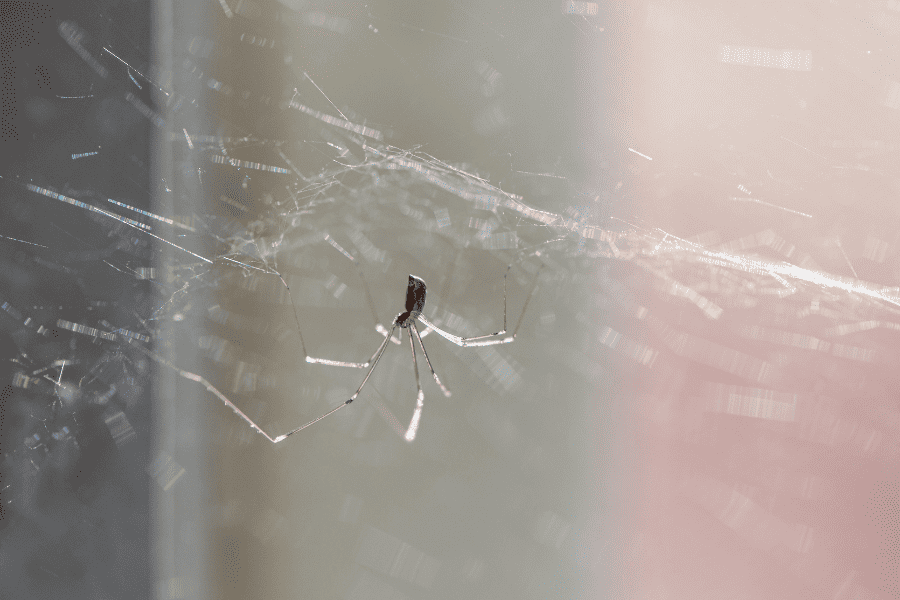
If you’ve noticed an increase of spiders inside your Florida home, it can be quite alarming for most homeowners! While most spiders are not dangerous to humans and are considered a benefit to our environment, it doesn’t mean you want them inside your house. With several species found in Florida, including daddy long legs, southern house spider, black widows, and more, it’s inevitable to come across one, but it’s easy to prevent, reduce, or eliminate their presence around your home. Check out the reasons why spiders are entering your home and easy spider prevention tips to avoid them in the future.
Spiders enter homes to search for food and find a habitat to continue looking for prey to feed on. Spiders eat insects, so if you’ve found webs around your home, it’s likely that those spiders found their food source. Inspect the inside and outside of your home for spider signs, these include spider webs, egg sacs, insects they feed on, or the spiders themselves.
There are several ways you can help reduce spider activity on your property. Spiders are looking for food, so it’s important to reduce the amount available to them by removing other household pests from your property. You can reduce the insects on your property by:
Not only is it important to reduce the insect population to avoid spiders, but it is equally important to deter them from even entering your home. Consider these spider prevention tips to avoid them from invading indoors:
If you’ve noticed more spider activity than you’re used to, consider calling your local Florida pest control company for help. These professionals will provide you with a thorough inspection and recurring pest control plan to help avoid spiders and other household pests in the future.
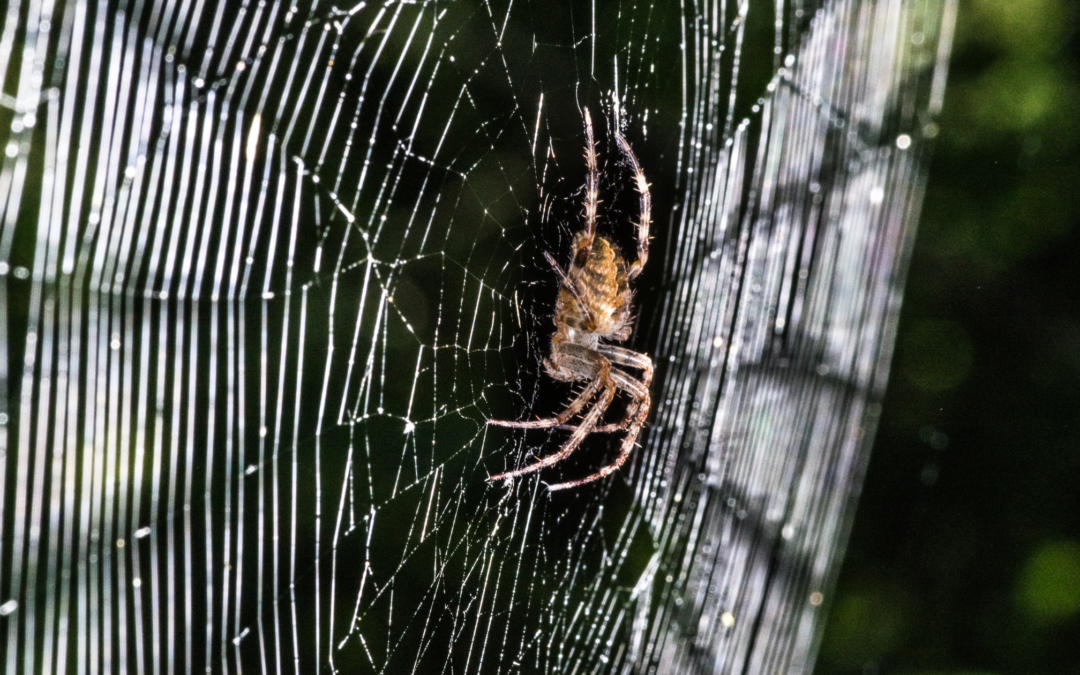
Georgia is home to a variety of fascinating arachnids, including the intricate orb weaver spiders. While these eight-legged creatures play a crucial role in controlling insect populations, encountering them in and around your home can be a cause for concern. In this blog post, we’ll delve into the world of orb weavers, exploring how to identify them, where they commonly reside, and essential tips for prevention and control.
Orb weavers, members of the Araneidae family, are renowned for their distinctive circular webs, meticulously crafted to capture unsuspecting prey. Recognizing these spiders is key to effective pest control. Key features include:
Orb weavers are adaptable and can be found in a variety of habitats, both natural and man-made. In Georgia, you may encounter them in:
While orb weavers are generally beneficial, their presence near your home may cause discomfort. Here are some practical tips for prevention and control:
If you find yourself caught in the web of orb weaver spiders, don’t hesitate to take action. Our experienced pest control team is here to help. Request a free pest control quote today to safeguard your home from unwanted arachnid visitors. Let us weave a plan to keep your space pest-free and comfortable.
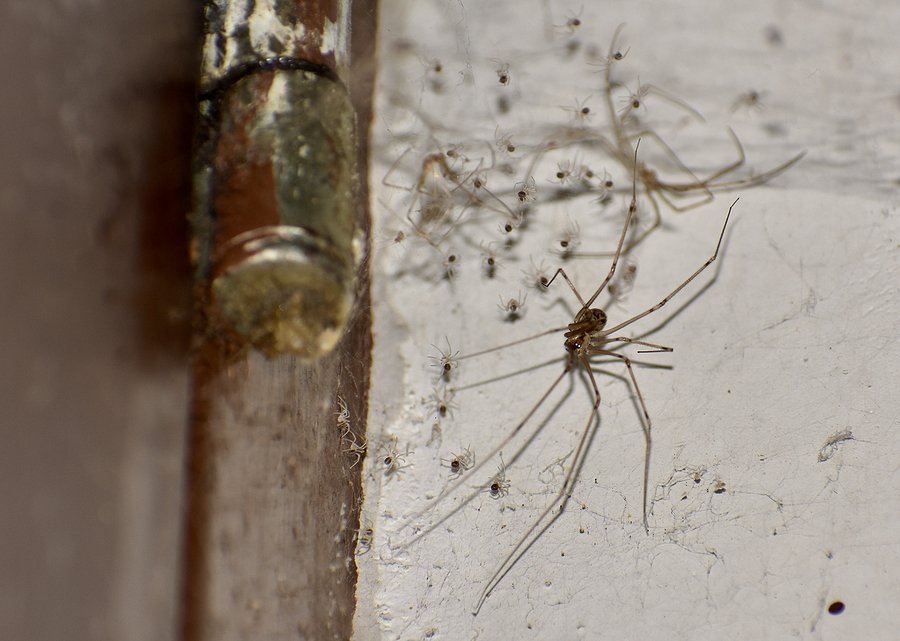
As the leaves begin to change and the air turns crisp, we welcome the beauty of autumn. However, with the arrival of fall, we also welcome a different kind of guest into our homes – spiders. While most spiders prefer to stay outdoors, some decide to seek shelter indoors during the cooler months. Two common culprits are daddy long legs and cellar spiders. In this post, we’ll help you identify and distinguish between these two fall pests, understand their habits, and offer tips on how to keep them at bay.
Daddy long legs and cellar spiders have their similarities but are not the same species. Here are some key differences and similarities between the two:
Both daddy long legs and cellar spiders are frequently found in similar environments, including:
The good news is that both daddy long legs and cellar spiders are harmless to humans. They don’t pose any significant health risks or property damage. In fact, they can be seen as allies in your pest control efforts as they help control populations of other insects in your home.
To prevent and manage daddy long legs and cellar spiders in your home, follow these steps:
If you’re dealing with a fall pest problem in your home, don’t hesitate to request a free pest control quote from our experts. We specialize in handling all sorts of household pests, including spiders, and can provide you with the solutions you need for a pest-free autumn.
Don’t let daddy long legs and cellar spiders take over your living space this fall. With the right knowledge and actions, you can enjoy the beauty of the season without these uninvited guests. Contact your local pest control company today for your free pest control quote and keep your home spider-free all season long.